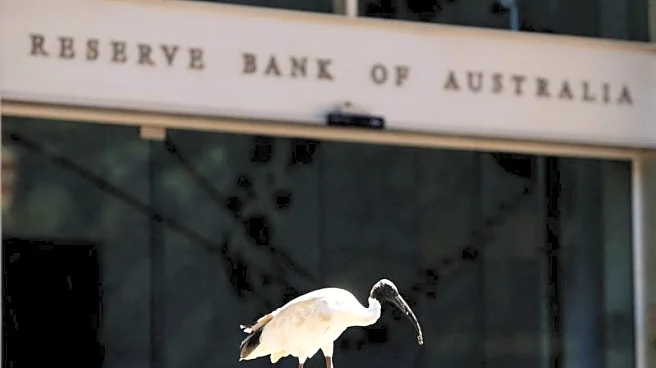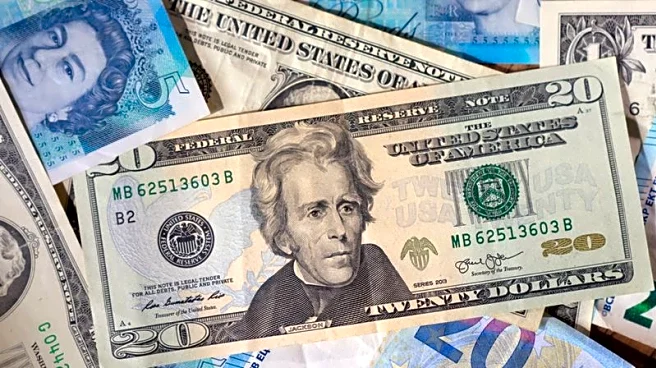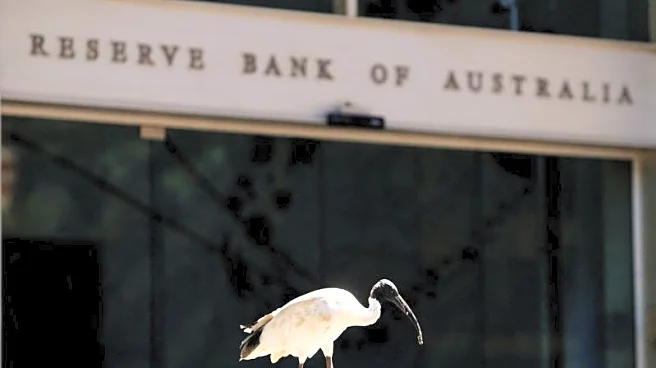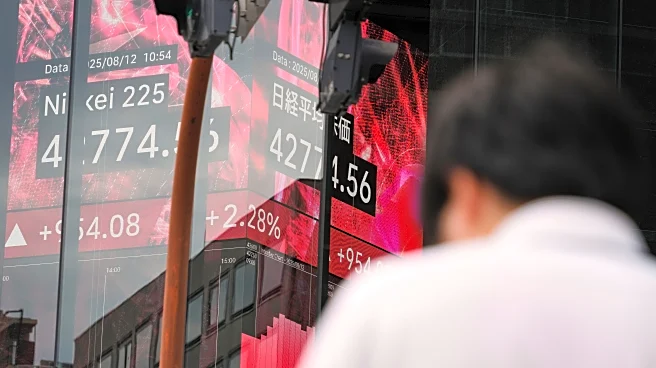By Stella Qiu and Wayne Cole
SYDNEY (Reuters) - Australia's central bank on Tuesday cut its main cash rate by a quarter point to a two-year low of 3.60%, citing a slowdown in inflation and a looser labour market, though it was cautious on the prospect of further easing.
Wrapping up a two-day policy meeting, the Reserve Bank of Australia board said data and updated forecasts suggested core inflation would moderate to around the middle of its 2% to 3% target band assuming a gradual easing in policy.
Markets had been fully priced for a cut, having been wrong-footed in July when the central bank held steady, given inflation had slowed as desired in the second quarter while unemployment had moved higher. [AU/INT]
"With underlying inflation continuing to decline back towards the midpoint of the 2–3 per cent range and labour market conditions easing slightly, as expected, the Board judged that a further easing of monetary policy was appropriate," the board said in a statement.
"The Board nevertheless remains cautious about the outlook, particularly given the heightened level of uncertainty about both aggregate demand and potential supply."
The RBA added the cut was a unanimous decision by policymakers, after a rare split one in July.
The Australian dollar was largely calm at $0.6508, while three-year bonds reversed earlier losses to be flat at 96.60. Swaps imply just a 34% probability that the RBA would follow up with a September cut, although a move in November has been fully priced in.
The RBA stunned markets just last month by holding rates steady at 3.85% in a rare split decision as the majority of policymakers wanted to wait for more data to confirm inflation was easing towards the midpoint of the 2-3% target band.
Headline inflation eased to 2.1% in the June quarter, while the trimmed mean measure of core inflation hit a fresh three-year low of 2.7%. The labour market, on the other hand, is easing from full employment levels, with the jobless rate jumping to 4.3% from 4.1% in one month.
There are signs that previous cuts in February and May are finally filtering through the economy, with consumer spending starting to pick up on the back of lower inflation and past tax cuts.
"Unemployment has jumped, strengthening the case for cuts. At the same time, robust household spending shows some families can still find room for discretionary purchases," said Harry Murphy Cruise, head of economic research and global trade at Oxford Economics Australia.
"In the end, prices and jobs trump everything else. With good news on inflation and bad news on unemployment, more easing is warranted."
Oxford Economics expects one more rate cut this year, possibly in November.
The RBA on Tuesday also slashed the outlook for economic growth as productivity stayed persistently weak. It, however, still forecast a slowdown in core inflation and maintained a steady labour market.
The central bank has emphasised caution in easing, having only cut rates after the release of the quarterly inflation data. That is why investors are wagering on a cut in November and likely another in February next year.
The global outlook appears to be improving slightly. On Monday, U.S. President Donald Trump extended a tariff truce with China by another 90 days, staving off triple-digit duties on Chinese goods.
(Reporting by Stella Qiu; Editing by Sam Holmes)












